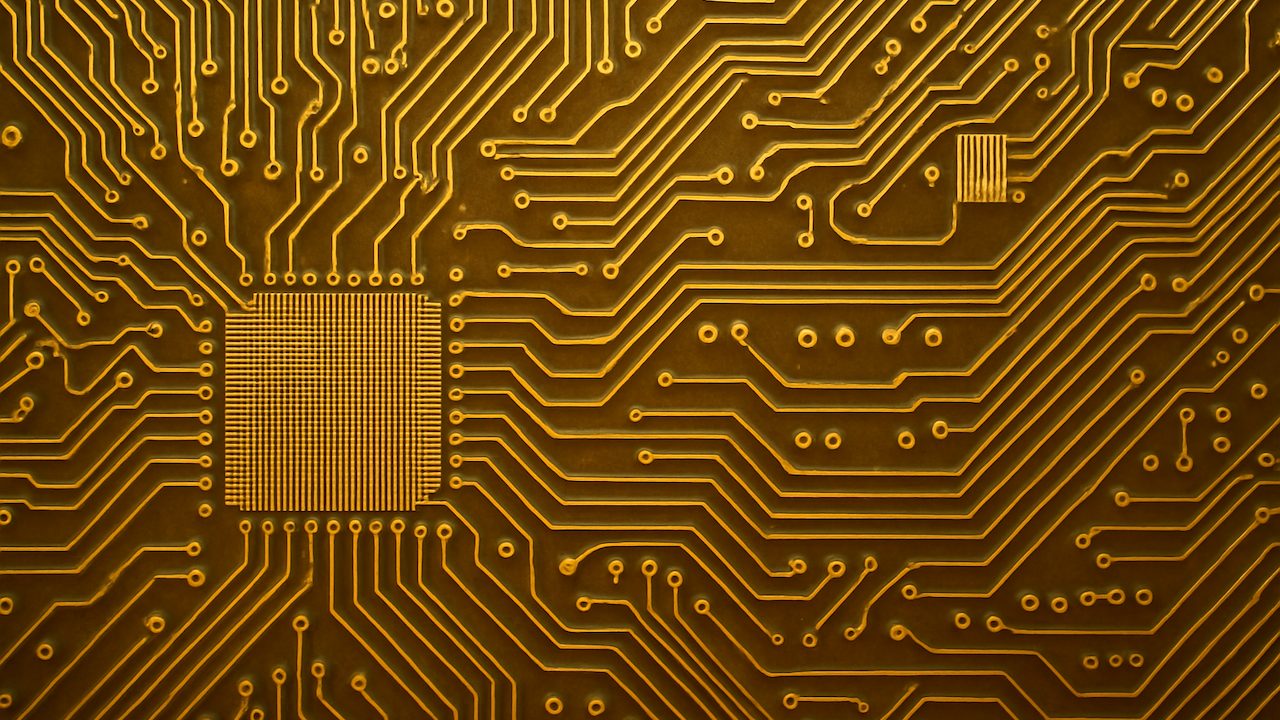(Mike Maharrey, Money Metals News Service) Every once in a while, you’ll hear some talking head on a financial network claim that gold is “a useless metal.”
This is an absurd statement.
Fundamentally, gold is money, accounting for a lot of its demand, but it also has practical uses.
In the first quarter, tech and industrial applications used about 80.5 tonnes of gold, primarily in electronics and computing.
Overall, gold demand in industry was flat year-on-year. However, gold used in electronics rose by 2 percent to 67 tonnes despite concerns about the impact of tariffs on the industry and record gold prices.
Gold is an important input in the electronics sector. The metal is an excellent conductor, efficiently dissipates heat, and, unlike copper or silver, doesn’t oxidize or corrode over time. Gold is also extremely malleable and can easily be formed into very thin wires and sheets.
AI-related applications drove growth in memory chips and semiconductors during the quarter, helping boost tech demand for gold. The expansion of AI server memory in both China and the U.S. was key to growth. According to the World Gold Council, this trend should continue into Q2 with the launch of AI-enabled smartphones and PCs.
Demand for gold in the manufacture of Light Emitting Diodes (LEDs) grew slightly during Q1, driven partly by panel manufacturers and consumer device makers stockpiling to mitigate tariff disruption.
Demand for gold in sensor applications, such as biosensors, advanced automation systems, and big data applications, remained healthy in Q1.
The Printed Circuit Board (PCB) sector registered growth during the quarter. Although Q1 is traditionally a low season for PCBs, the robust demand was thanks to rush orders from consumer electronics manufacturers and ongoing strength from AI applications.
The wireless sector reported a modest decline in Q1, partly driven by supply chain adjustments. According to the WGC, the adoption of WiFi-7 should support wireless demand in the coming quarters as the shift from WiFi-6 requires a significant uplift in power amplifiers per unit. Continued growth in wireless infrastructure, including low Earth orbit satellites (LEOs), won’t likely be impacted by tariffs and could help support demand in the sector.
However, electronics manufacturers are reportedly cautious about the near-term outlook due to the tariffs and the potential for an economic recession.
Gold used in other industrial and decorative applications, primarily gold-plated items and jewelry, along with gold thread used in traditional Indian clothing, was down 5 percent year-on-year in Q1.
The ongoing decline in gold used in dentistry continued with a 6 percent year-on-year drop in volumes to 2 tonnes.
Demand for gold in industry and tech was up 7 percent in 2024, driven by growth in the electronics and computing sectors.
Industry and technology used 326 tons of gold last year, propelled by the strongest fourth quarter since 2021.
Gold Is Far From “Useless”
Warren Buffett once said, “Gold gets dug out of the ground in Africa or someplace. Then we melt it down, dig another hole, bury it again, and pay people to stand around guarding it. It has no utility. Anyone watching from Mars would be scratching their head.”
As you can see by the substantial demand for gold in technology and electronics, this is just silly.
In fact, gold is one of the most useful metals in the world. Due to its utility, coupled with its scarcity, gold is also one of the most valuable metals in the world.
In the first place, gold is strikingly beautiful. It has captured people’s eyes for thousands of years. That’s why people all over the world love to wear gold. About 44 percent of gold demand is for jewelry production. About 1,877 tons of gold were used in jewelry fabrication last year.
But gold isn’t just pretty. As already mentioned, the metal’s inherent physical and chemical properties make it useful in many industrial and technological applications.
This is why we see gold increasingly used in the tech sector. In fact, gold would probably be used even more if it weren’t so rare and expensive.
Gold is also important in the medical field. Its inherent stability and unique optical properties make it perfect for use in diagnostic testing. The World Gold Council said that gold is “at the heart of the hundreds of millions of Rapid Diagnostic Tests (RDTs) that are used globally every year.”
“This well-established and critically important technology has changed the face of disease diagnosis in the developing world over the last decade.”
Gold nanoparticles are used in testing for malaria, HIV, hepatitis, and other illnesses.
Gold has even been used in some exotic applications. In 2018, a team of Chinese researchers partially restored the sight of blind mice by replacing their deteriorated photoreceptors – sensory structures inside the eye that respond to light – with nanowires made of gold and titanium.
The point is that gold is far from useless.
But fundamentally, gold is money. And everybody wants to have money — especially real money.
Mike Maharrey is a journalist and market analyst for Money Metals with over a decade of experience in precious metals. He holds a BS in accounting from the University of Kentucky and a BA in journalism from the University of South Florida.

